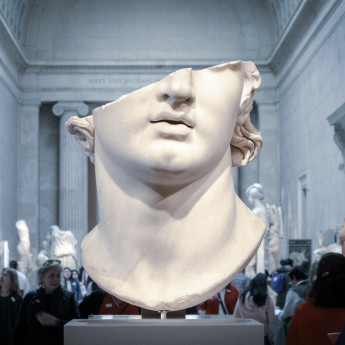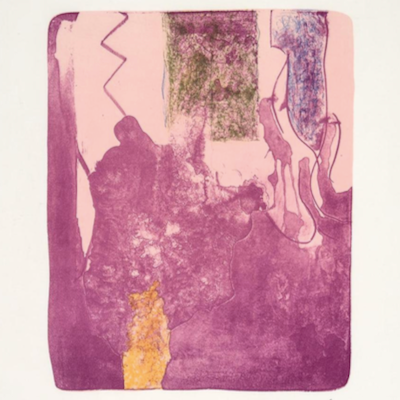
Details
Artist
Styles
Hand-signed by artist, Inscribed and dated 'Asawa 1979' - Numbered; stamped - Cast by Berkeley Art Foundry // Bronze Flower, created by Ruth Asawa in 1979, is a small yet intricate bronze sculpture measuring 13.3 x 16.5 cm. This piece, cast by the Berkeley Art Foundry, reflects Asawa's distinctive approach to form and nature. The sculpture features a delicate, branching floral pattern, capturing the organic and rhythmic shapes that are characteristic of Asawa’s work. The detailed textures and interwoven lines evoke the resilience and beauty of natural growth, inviting viewers to explore its complex, meditative design. Signed, inscribed, and dated by the artist, this work showcases her expertise in transforming simple materials into evocative art.
Bronze Flower, 1979
form
Medium
Size
13.3 x 16.5 cm
- Inches
- Centimeters
Edition
Price
- USD
- EUR
- GBP
Details
Artist
Styles
Hand-signed by artist, Inscribed and dated 'Asawa 1979' - Numbered; stamped - Cast by Berkeley Art Foundry // Bronze Flower, created by Ruth Asawa in 1979, is a small yet intricate bronze sculpture measuring 13.3 x 16.5 cm. This piece, cast by the Berkeley Art Foundry, reflects Asawa's distinctive approach to form and nature. The sculpture features a delicate, branching floral pattern, capturing the organic and rhythmic shapes that are characteristic of Asawa’s work. The detailed textures and interwoven lines evoke the resilience and beauty of natural growth, inviting viewers to explore its complex, meditative design. Signed, inscribed, and dated by the artist, this work showcases her expertise in transforming simple materials into evocative art.
What is abstract expressionism?
Abstract Expressionism is an art movement that emerged in the United States during the 1940s and 1950s. Characterized by large, abstract canvases, the movement emphasized spontaneous, expressive brushwork and the use of color and form to convey emotion rather than represent reality. Artists like Jackson Pollock, Mark Rothko, and Willem de Kooning are key figures in this movement. Abstract Expressionism marked a shift in the art world, making New York City a center of the international art scene.











